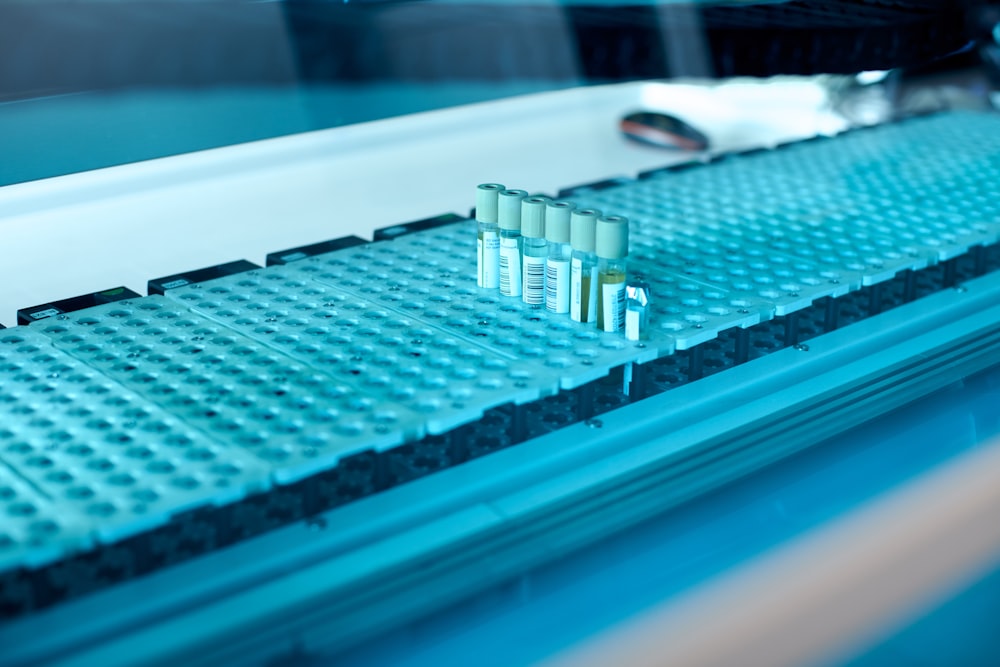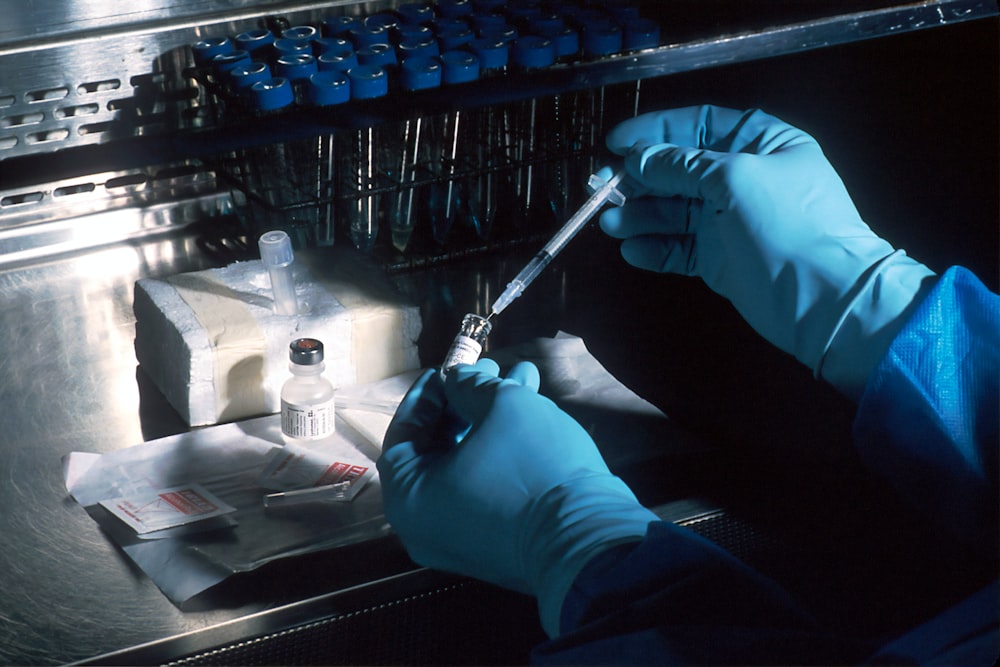
Recombinant protein production is essential in academic research and biotech drug discoveries as it is one of the effective techniques for producing highly efficient protein products expressed through molecular biology techniques. The recombinant production of proteins involves transfecting cells with desired genes in a DNA vector.
These recombinant proteins are the basic foundation for research bio-molecular field and the biotechnology industry. When you use recombinant DNA technology, you can produce proteins in large quantities and use them in structural studies, enzymatic studies, antigen production, and pharmaceutical compounds.
The technology entails identifying and isolating a gene, constructing recombinant DNA, producing recombinant DNA copies, and inserting them into host cells. This article looks at the industry advantages and disadvantages of recombinant protein expression.
Recombinant protein expression systems
In protein research, recombinant protein expression describes using laboratory techniques to manufacture proteins. Protein expression systems have become an important laboratory technique in biochemistry, molecular biology, protein research, or any research that requires functional proteins.
Recombinant proteins show high specific activity and a higher percentage of purity. They are produced in large quantities using expression systems like yeast, mammalian cells, plant cells, insect cells, E. coli, and fungi. Protein expression systems use artificial genetic material optimized by molecular biology, which also involves genetic signals to enhance yields. Here are the advantages and disadvantages of each protein expression system.
Mammalian protein expression
Image source
The mammalian system is used when studying the function of a particular protein in a physiologically relevant environment. It produces a native protein in the type of manner of glycosylation. The mammalian expression system allows the highest level of post-translational processing and functional activity of the protein. In most cases, multi-cell lines and multi-expression methods improve the protein expression success rate.
Advantages
- After system optimization, you get high heels as high as 100 milligrams per liter.
- Mammalian cells, when used, are not susceptible to human pathogens
- The recombinant proteins produced through the mammalian cells expression system show high compatibility with humans
- The recombinant proteins are highly safe to use
- The expression system shows high functionality due to post-translational modifications.
- The recombinant proteins through this protein expression system show low immunogenicity in humans.
Disadvantages
- Transfection of genes into mammalian cells can be challenging to achieve
- The mammalian cell culture technique is costly
- The production rate of recombinant proteins is low compared to other expression systems.
- It’s time-consuming to select a single clone compared to other expression systems.
Insect protein expression
Image source
The baculovirus or insect expression system is another popular system widely used to develop the virus vaccine and prepare cell signaling proteins. Compared to other systems, this expression service has a large genome that enables the insertion of significant exogenous genes. It provides higher protein expression levels with simple glycosylation and post-translational modification. The insect expression system can achieve complete post-translational modification and efficiently express exogenous genes.
Advantages
- An insect protein expression system has reliable protein folding
- You can produce recombinant proteins in large quantities
- It’s easy to purify recombinant proteins produced by insect cells
- The protein expression system is also used to integrate the DNA of interest
- It’s easy to infect insect cells compared to other expression systems
Disadvantages
- You need optimization before doing viral transfection
- The viral protease in the recombinant insect cell can degrade the protein of interest
- Post-translation modifications in insect cells are not as precise as the human cells
Bacteria expression system
- coli is one of the most mature protein expression systems. It is popular because of its simple structure, short culture period, transparent genetic background, and high target protein yield. The bacteria expression system is the best way to produce proteins free of impurities. It allows rapid expression and subsequent large-scale manufacturing of recombinant proteins. The best thing about this expression system is the ability to optimize various conditions to achieve the best results. It is ideal for antigen expression and functional protein expression for non-glycosylated proteins.
Advantages
- The E. coli proliferate quickly.
- The culturing recombinant E. coli is easy and economical
- You can produce recombinant proteins of high quality in E. coli cells
- You can easily insert a desired foreign DNA into E. coli cells
Disadvantages
- The recombinant proteins are produced in small quantities
- The presence of inclusion bodies makes it difficult to purify the recombinant proteins
- Endotoxins can contaminate the recombinant proteins produced using this expression system
- There is no post-translational modification of proteins in the E. coli system
Yeast expression system
Image source
Yeast is another popular protein expression system using proprietary cell lines to prepare expression cell clones. It then isolates and purifies the expressed protein according to the protocol provided by the client. The exogenous gene expression has a post-translation processing capacity, folding, and glycosylation modification. This expression system is more stable than prokaryotic expressed proteins, thus suitable for preparing functional proteins such as tuberculosis proteins.
Advantages
- The yeast expression system does not cause harm or produce toxins
- The proteins have post-translational modifications that make them likely to have biological activity.
- Recombinant proteins can directly get high expression level strains without screening.
- It is easy to get a high-purity protein because yeast secretion expression can secrete the expressed exogenous protein into the extracellular Matrix.
Disadvantages
- It’s not appropriate for the high-density culture.
- The expression system lacks a strict and robust regulatory promoter
- The secretion efficiency of the system is on the lower end
Bottom line
Recombinant protein production in microbial systems has revolutionized biochemistry. Depending on the purpose of the recombinant proteins, you can use different expression systems. Each protein expression system has its advantages and disadvantages. This article highlighted the advantages and disadvantages of recombinant protein expression systems.
Image source

